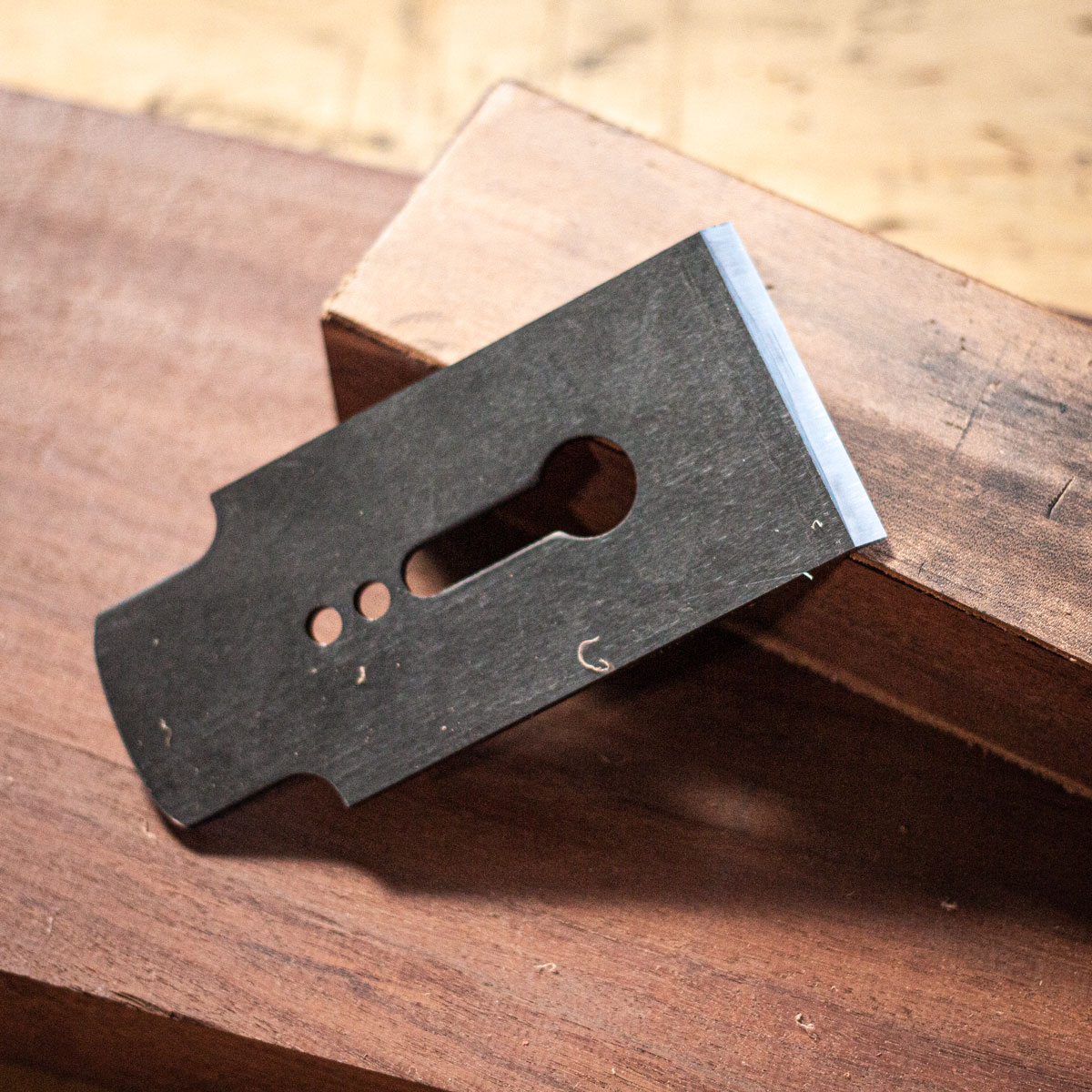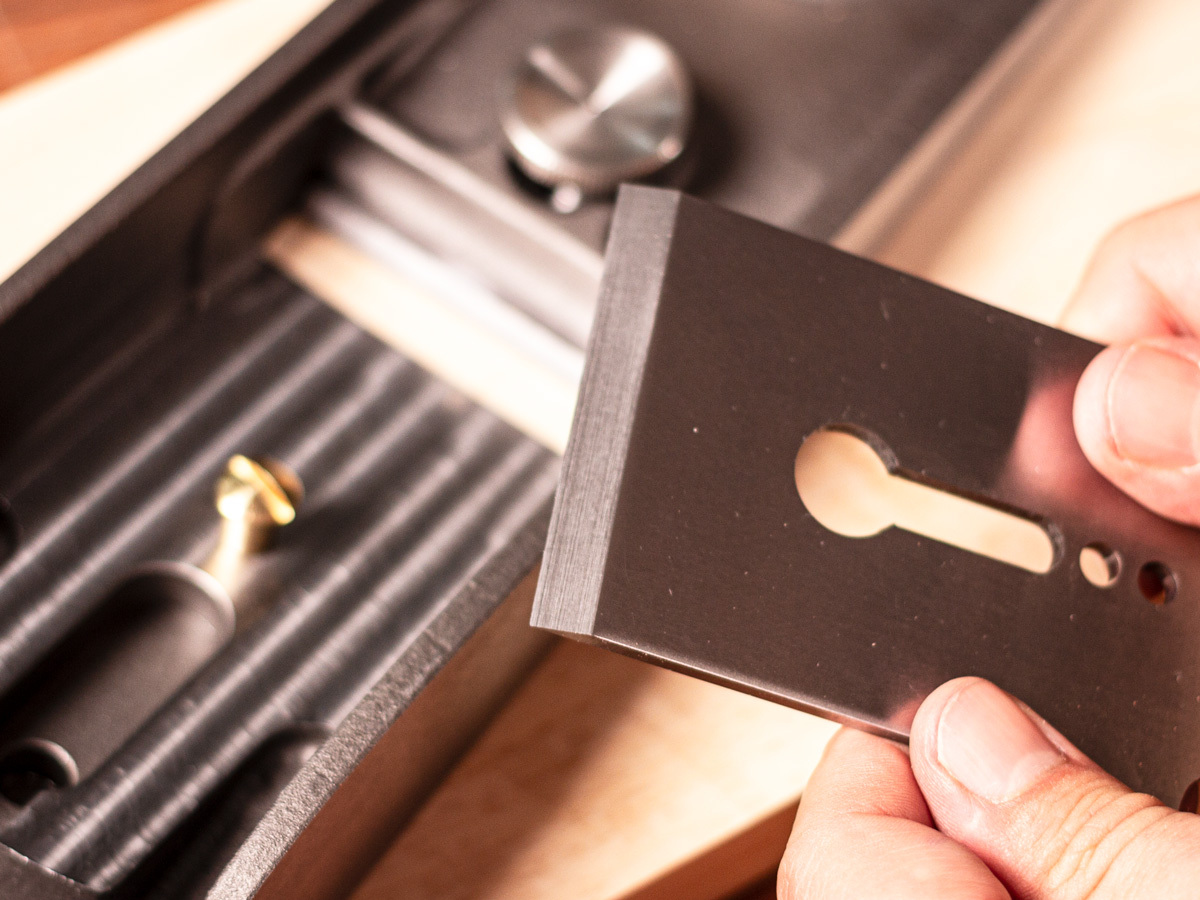Why M2 Steel?
Posted by Vic Tesolin on 13th Jun 2024

When it comes to woodworking, the choice of tools is crucial. One of the critical factors that determine the efficiency and precision of these tools is the material they are made of. M2 steel stands out as a popular choice for woodworking tools and for good reasons. Let’s delve into why M2 steel is favoured in the woodworking industry and why it was a no-brainer for MTC.
High Hardness
M2 steel is known for its high hardness, which is achieved through a heat treatment process. This high hardness is a crucial property for woodworking tools. Tools such as chisels, plane blades, and router bits need to maintain sharp edges to produce clean and precise cuts. M2 steel’s ability to attain high hardness ensures that these tools can retain their sharp edges for longer periods, reducing the need for frequent sharpening.
Wear Resistance
Woodworking tools are subjected to constant friction and contact with hard materials, making wear resistance an essential property for tool steel. M2 steel excels in this regard, thanks to its high hardness and specific alloying elements that enhance its wear resistance. Woodworking tools made from M2 steel can withstand prolonged use without significant wear, providing longevity and cost-efficiency. This again reduces the need for frequent sharpening.
Toughness
While high hardness is a desirable property, it often comes at the expense of toughness. However, M2 steel strikes a balance between these two properties. It maintains good toughness, which is the ability of the steel to absorb energy and resist fracture. This balance is vital for woodworking tools because it helps prevent chipping or breaking under heavy use or impact. The toughness of M2 steel ensures that tools remain reliable and safe to use even under demanding conditions. There is nothing worse than getting a fine chip in your plane blade, which translates to a visible line in your work.
Edge Retention
One of the standout features of M2 steel is its excellent edge retention. In woodworking, maintaining a sharp edge is crucial for precision and efficiency. Tools that lose their edge quickly can cause rough cuts (tear out) and require frequent sharpening. Nothing kills the flow in the wood shop like having to stop to fix an edge. M2 steel’s superior edge retention means that tools stay sharper for longer periods, providing consistent performance and reducing downtime for maintenance.

Versatility
The versatility of M2 steel makes it suitable for a wide range of woodworking tools. Whether it’s chisels, plane blades, or router bits, M2 steel’s balanced properties make it an excellent choice. Its ability to provide a combination of hardness, toughness, wear resistance, and edge retention makes it a reliable material for various applications in woodworking.
When you consider the timbers often encountered in Australia, it's easy to see why M2 steel would be the logical choice. The bonus is that M2 works every bit as well in softer woods. With the range of angles available for the planes, there is a solution for hand planing almost any wood you can throw at it.
Bonus number two? M2 is no more difficult or requires any more time than all of the other woodworking tool steels you are used to already. Whether you use oil or water stones, diamonds or sandpaper, you will get your M2 blades as sharp as anything you already have, and you will have to spend less time sharpening.
In order to understand, you must do. – Vic Tesolin



